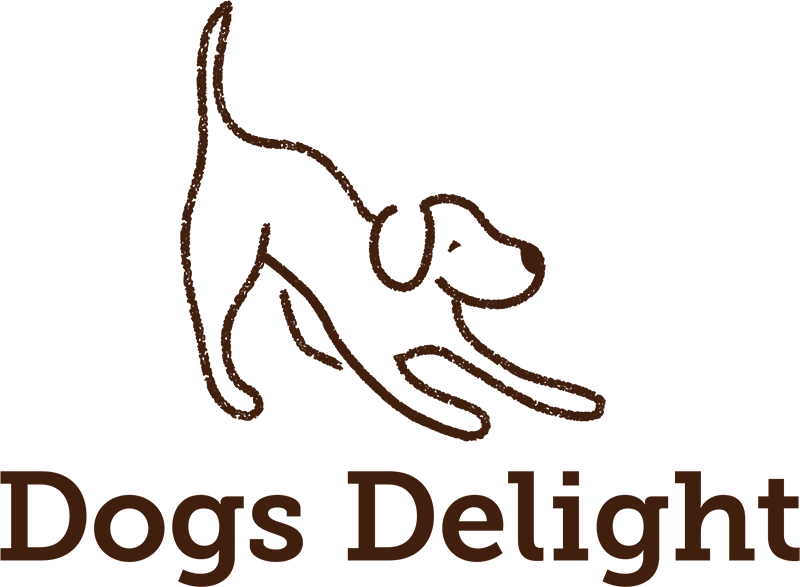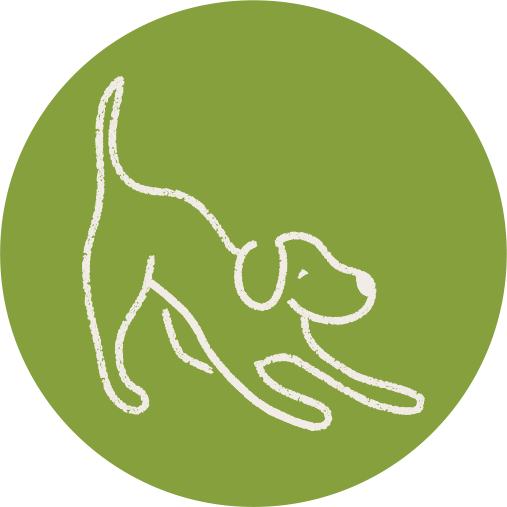Healthy
Preservatives in Dog Food
Dry dog foods do require preservatives to stay nutritious.
Manufacturers of dry dog will often market them as free from ‘artificial preservatives’ rather than
say they are preservative free. This is an important distinction because of the importance of
preservatives in dry dog food.
The term, ‘preservatives’ remains a confusing one for pet owners and one that is being used by
companies for marketing purposes.
With this in mind, here is some additional information on preservatives which may be helpful to help
you make important decisions about your dogs’ food.
What are preservatives?
Preservatives are ingredients added to help ensure the foods’ freshness and nutritional quality and
safety.
Preservatives often have a bad press but it is important to note that there are different types of preservatives:
- Synthetic (laboratory produced) preservatives – For example, butylated hydroxyanisole (BHA), butylated hydroxytoluene (BHT), or ethoxyquin.
- Natural preservatives – For example. Vitamin E (tocopherol), vitamin C (ascorbic acid) or rosemary extract.
Preservatives, whether synthetic or natural are an absolute must for dry dog foods.
In the main, they are mostly there to protect against the fat that is in the food from spoiling. This can decrease the nutritional quality (certain vitamins need fat to remain stable) or even make the food unsafe to eat. Therefore preservatives prevent spoilage of the fat and help to maintain the foods taste,
nutritional quality and safety.
Ove the years the synthetic preservatives have been blamed for many health problems from kidney
disease to cancer but no scientific evidence has been able to confirm these claims. Despite this,
consumer demand has meant that manufacturers have switched over to using natural preservatives
in nearly all products. It can now be difficult to find dog foods which do contain artificial
preservatives.
Usually, dry dog foods use natural preservatives in the fat sources added to the entire
diet, or both. For example, you may see that vitamin E is on the ingredients list but its impossible to
know whether it is there as a preservative or for its nutritional benefits, or both. In the case of
vitamin C, dogs can make their own so if you see it on an ingredients list it is most likely there for its
preservative qualities.
One disadvantage of these natural preservatives is that they are not as potent as the synthetic ones,
so the shelf-life of the product may be shorter. This makes it especially important that you store
these foods properly.
If you see a dog food marketed as preservative free, most of the time the manufacturer has carefully
worded their marketing to indicate that the food is free from artificial preservatives. If a dry food is
truly preservative free, we need to question its safety and nutritional quality.
On the other hand, canned wet foods are sealed in an airtight can to protect them from spoilage and
so they don’t need preservatives to be added. Therefore, if a wet food is marked as ‘preservative
free’, it probably is! While this is accurate, it is taking advantage of pet owners.
What about treats?
Just a note about our treats! They are made by hand and oven baked in small batches with a very
low moisture content of only 6% and a very low fat content too. This means they do not need any
preservatives as long as they are eaten within the 6 month.


